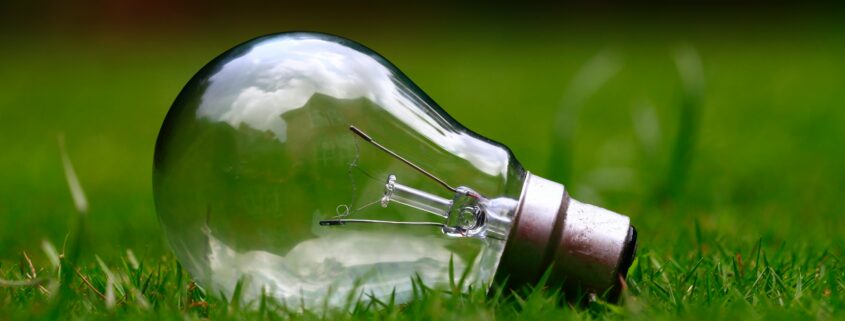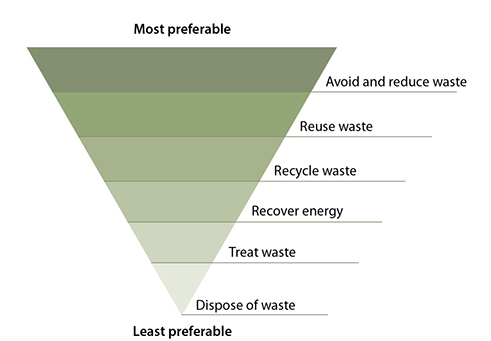Creating a Sustainable Veterinary Practice
Climate change is possibly the biggest threat to humanity and to animals we’ve ever faced. This is why it’s so important for us all to act now to reduce the environmental impact of our businesses on the world.
At Panacea, we’re doing our part – we are the first carbon neutral vet practice management system in the world. We go to great lengths to minimise our environmental impact (including greenhouse gas production), but we still buy a small amount of carbon offsets each year to compensate for the greenhouse gas emissions we can’t avoid. This is good for the environment but it’s also great for our bottom line, as we save thousands of dollars every year on our electricity, fuel and water bills.
For us, reducing our carbon footprint, and our environmental impact overall, is an ongoing process that never ends. We’re constantly checking, assessing and adjusting our business processes to help drive out waste and reduce carbon emissions.
We’ve learned a lot about creating a sustainable business along the way. Here are a few tips that you can use to reduce your clinic’s environmental impact, for the benefit of the climate and the added respect of your clientele.
Accurate Measurement
Before you can effectively control and reduce the environmental impact of your business, you must first understand what that impact is. There are hundreds of different tools available online to help you identify and measure your practices greenhouse gas emissions, water usage, waste production/recycling efforts, etc.
Use one of these tools to create a baseline and return to it regularly to measure progress (and so you know how many carbon credits you’re going to need if you’re aiming to be carbon neutral).
Waste Reduction and Recycling
While some amount of waste is unavoidable, a lot can be helped by starting with a clear, firm policy and providing friendly reminders such as signs or team meetings to help everyone form effective waste reduction habits.
Aside from just rubbish and recycling, add in further bins to diversify your waste streams and ensure more waste will be given new life. Common waste streams may include paper, plastic, glass, metal, and even a compost bin for food scraps.
Check to see if there are any medical waste recycling options in your area. If so you may find that you can recycle waste that can’t be recycled via council collection (such as IV fluid bags and lines, vials, soft packaging, surgical gloves, etc.)
Energy Efficiency
We identify everything within our business that uses energy (whether it be electricity, petrol, etc.) and choose products that are energy efficient. Low-draw fluorescent lights and fuel efficient vehicles are some examples, but you can even turn off appliances at the wall when they’re not being used, as these can still draw a small amount of power.
Try utilising natural light as much as possible by opening up some curtains and repositioning furniture that may be blocking windows.
Consider insulating your building (or asking your landlord) with up-to-standard insulation and getting rid of drafts. This will create a more regulated temperature inside, no matter the season. An upfront investment may save you not only on your environmental impact, but also money on heating and cooling your practice.
Supplier Selection
The amount of carbon that your suppliers produce in the provision of products and services to you counts towards your carbon footprint, so it’s important to select sustainable suppliers wherever possible.
We select suppliers who are serious about minimising carbon emissions and also those who make it easy for us to estimate the amount of carbon they produce. This simplifies the process of calculating our own carbon footprint.
You can also reduce supply chain emissions by reducing the number of courier deliveries in and out of your clinic. Try minimising the number of suppliers that you use and the number of orders you place each month. Encourage customers to buy those toys, food and flea products while they’re in-store, etc.
Green Energy
Where possible, we use green energy sources, such as solar power generation. Most vet practices operate during the day, which makes them excellent consumers of solar energy.
Unfortunately this isn’t an option for us at the office, but we work from home a lot of the time and members of the team have implemented green energy sources.
Beyond the energy saved by working from home, which is often not possible in a veterinary practice, we don’t use natural gas in any of our facilities and work to reduce water usage.
Some ways you can cut back on water are: bringing reusable water bottles instead of using cups that have to be washed; install water-efficient taps; and keep on top of the building manager/owner to quickly repair any leaks. Perform regular water audits and discuss strategies with the team for reducing water usage, including turning off taps while scrubbing up, for example.
Minimise Travel
This is a lot easier in a post-lockdown world, as most of us are now much more comfortable with remote meetings. Whether it’s with clients or business partners, consider an online meeting to save travel time, cost and added emissions.
Consider offering online consultations, as these will help reduce client and patient travel. Although they can be a bit awkward at first, you’ll often find clients appreciate the convenience of an online consult.
Communicate your carbon reduction efforts with your team and with your customers and suppliers and to encourage them to reduce their own carbon emissions. You could encourage staff and clients to walk or cycle in (rather than drive), for example.
Offsetting Carbon Production
Unfortunately most businesses can’t avoid producing at least some amount of greenhouse gasses, so offsetting carbon emissions is the only way for them to become carbon neutral.
There are many ways to offset your carbon emissions, but if you’re serious about being carbon neutral you’ll want to make sure your carbon offset efforts are credible and realistic. No, planting a couple of trees in your garden is unlikely to get you there (trust us – we looked into this).
At Panacea we buy carbon credits to offset our emissions. Every carbon credit we buy offsets one tonne of greenhouse gasses that we produce.
We buy carbon offsets from reputable, audited companies that are ethical and that engage in carbon offset projects that we can support (such as re-forestation, etc.) These companies can not only provide evidence of how they offset our carbon emissions, but also that there’s no ‘double counting’ going on (i.e. so they’re offsetting an appropriate amount of carbon to match the amount of carbon credits they sell).
–
Cover image by Ashes Sitoula via Unsplash.







Leave a Reply
Want to join the discussion?Feel free to contribute!